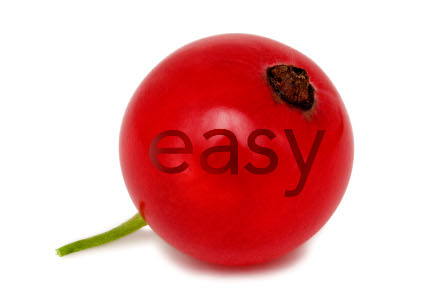Convenience products are those that are relatively easier to use than alternatives already on the market. Products that require less monitoring, fewer doses of pills, quicker preparation, simpler storage or transportation, or more pleasant dosage forms or routes of administration, for instance, may offer ease-of-use advantages to patients and caregivers. In theory, more convenient products may avoid user error and related downstream costs, and may boost compliance and persistence that accrue related downstream benefits.
Products that offer convenience are attractive to users, and many are willing to pay a premium for them. We’d expect to see a relationship between the user’s perceived value of the convenience and both a willingness to start (or switch to) the new product and a willingness to pay extra for this benefit. Convenience would certainly resonate with users who have time constraints, schedules that interfere with a dosing schedule, or a physical or cognitive limitation that makes the use of the product challenging.
No doubt, you’ve heard the payer mantra, “we won’t pay for convenience.” What payers are saying is that they won’t pay a premium for convenience. While this is generally true, there are exceptions.
When payers won’t pay for convenience – the rule
When a product is reformulated or combined with another product to be more convenient but is neither more efficacious nor safer than the reference drug, greater convenience becomes central to the manufacturer’s value proposition. The aggressiveness of the payer’s restriction is related to the net acquisition cost difference between the convenience product and the less-convenient alternatives. Sometimes, manufacturers charge no premium for convenience or only a small amount that is offset by copays or coinsurance, and in these cases, payers are not compelled to restrict access severely or block utilization. Higher cost differentials are met with greater payer pushback. And reformulations and combinations interpreted as patent-extension plays can elicit considerable friction.
Manufacturers commonly attempt to handle payer objections to a convenience play by appealing to the payer’s desire for value — citing how greater convenience may lead to improved compliance and persistence that, in turn, may lead to cost offsets. However, payers note that these claims are seldom, if ever, backed by evidence. This is likely when manufacturers do not try to demonstrate the impact or don’t do so rigorously, fail to get results in the label, or miss opportunities to present the results via medical science liaisons (MSLs).
When payers will pay for convenience – the exceptions
With respect to drug therapy, there is a small number of therapeutic areas where payers are willing to assume that convenience may improve compliance and persistence, ostensibly resulting in better outcomes and lower costs. Interestingly, this assumed relationship is based more on contextual factors than clear evidence.
Take combination products, for instance. For antiviral therapies for hepatitis C and HIV, payers do not want pill burden to get in the way of compliance and persistence. Here, noncompliance or lack of persistence can yield undesirable outcomes, resulting in even higher costs. Re-treatment is inefficient and, given the high cost of therapy, much more expensive. And suboptimal therapy can result in drug resistance, making treatment more challenging on individual and societal levels.
The difficulties of convenience
Manufacturers need to understand the circumstances under which payers will and will not pay for convenience and anticipate payer response to their offerings. Promoting potential yet unsubstantiated benefits of greater convenience to payers is typically a waste of time and money. Payers will either believe it or not.
Instead, manufacturers can take the inconvenient road less traveled and provide convincing evidence that their more convenient offerings may, in fact, yield desirable outcomes. The study has to be rigorous to be credible, but the results do not have to be in the label. Instead, MSLs could effectively present compelling data to payers, and payers will factor these results into their formulary and medical policy decisions. Doing so can help optimize market access and command a price premium.



No Comments